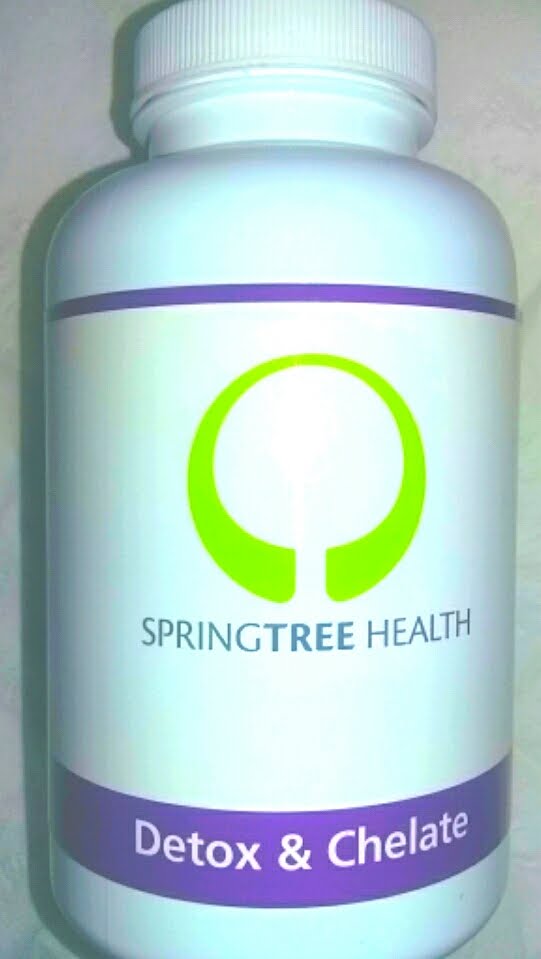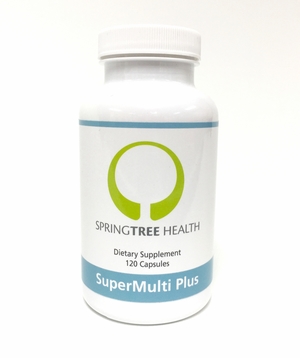It seems that ADD-ADHD is becoming epidemic. Why are so many more children being diagnosed with this problem today? The following may give a few answers.
Deficiencies and problems often found in ADD-ADHD:
1. Deficiencies in nutritional value from food. The diet many children eat today contains chemicals unknown to the human body and lack nutritional value. Many of these chemicals can affect our brains in a negative way. For example, Feingold hypothesized and did many studies showing that artificial colors and flavorings dramatically increased ADD-ADHD symptoms in those with that propensity. Eliminating processed foods, artificial flavorings, colorings, preservatives, and sugars have been shown to help the hyperactivity aspect of the affliction.
Many children are not introduced to or fed adequate fruits and vegetables to improve their nutrition. When they are used to eating the prepared foods with chemicals and sugars to make them taste better, the natural foods don't taste good to them. When they do get natural foods, often these foods are do not have adequate nutrient value because of the soil depletion.
The deficiencies found in the modern diet have a profound effect on the health of the brain. These deficiencies which have been found in many ADD-ADHD children include:
- B-vitamins, especially Vitamins B5 and B6, folic acid and Vitamin B12.
- Calcium, necessary for proper bone growth, muscle and nerve function.
- Tryptophan, an amino acid which is a precursor to serotonin and melatonin.
- Zinc, necessary for the function of many enzymes, required to make fatty acids and immune system function, deficiencies can add to mood disorders.
- Tyrosine, an amino acid which helps make dopamine and norepinephrine, and is needed for the thyroid hormone.
- Magnesium, necessary for the function of many enzymes. Depleted when eating too much sugar or over-stressed. Deficiency of magnesium causes the muscles and body to be hyper-excitable.
- Omega 3 and GLA fatty acids, because of the high levels of trans fatty acids (man-made fats that are unable to be used in the body and cause oxidation and inflammation, including in the brain) in todays diets, especially in processed and snack foods, the excess trans fats in the body also cause a deficiency of omega 3 fatty acids, which include EPA and DHA, and an omega 6 fatty acid called GLA, all very necessary for brain and for cellular function. It has been shown that a majority of ADD-ADHD children have excessive trans fats in their cells.
- Iron, necessary for adequate oxygen to the brain, as well as the executive centers in the brain. If iron is low, it affects learning and behavior. (Check with your doctor to see if iron is marginally low, as too much iron will also cause problems.)
- Good, clean water—few children like to drink water any more. They drink juice, sodas, artificially flavored and colored drinks, sweet drinks, etc., which do not increase the fluid levels in the body, and sometimes are actually dehydrating. Most children are marginally dehydrated. If the brain is only 5% dehydrated, brain performance will drop remarkably, and they will feel fatigued.
2. Deficiencies or imbalances of Neurotransmitters. This is often because of the lack of the nutrients above. Neurotransmitters are molecules in the body that transmit signals between nerves. There are many kinds, each having a different purpose. They each have their own receptors on the nerve endings that, when attached, tell the nerve what to do. Some tell the nerve to send signals, some tell the nerve to stop sending signals.
In ADD-ADHD, there are often deficiencies in some or all of the following neurotransmitters:
- Dopamine. This neurotransmitter is very important. It is the lack of dopamine that causes Parkinson's Disease. The deficiencies in ADD-ADHD are not as severe as in Parkinson's, but there are still problems. It is hard to pay attention, to focus and concentrate, and there seems to be a lack of caring and difficulty loving and connecting to others.
- Endorphins (natural opioids). These allow us to feel good and reduce pain. A lack causes a sense of urgency, a need to hurry, and an increased sensitivity to pain.
- GABA (Gamma amino butyric acid). This is a neurotransmitter that tells the brain to calm down and stops signals. A deficiency often results in a feeling of anxiety.
- Norepinephrine. This causes a release of adrenaline, and in many causes a good “rush” feeling. Many with ADD-ADHD become “adrenalin” junkies, seeking thrills to increase the feeling from this neurotransmitter.
- Serotonin. This allows a feeling of well being and enables sleep. The lack may increase depression symptoms and cause difficulty sleeping.
A good amino acid and vitamin supplement to assist the body in creating the needed transmitters is often useful. Also, changing the brainwave patterns through neurofeedback will often assist in balancing the neurotransmitters.
3. An excess of neurotoxins in the food and environment. Many of the chemicals in our food and environment are neurotoxins, meaning they are toxic to our nerve/brain cells. The chemicals in the food used as preservatives, colorings, flavorings, fillers, and artificial sweeteners (especially aspartame--Nutrasweet and Equal) are unknown to the human body and can have neurotoxic effects.
Our water supply is not immune to these pollutants. The soil which our food is grown in is becoming more polluted. Industry is spewing forth heavy metals. Mercury is found in our teeth, fish and immunizations. Lead poisoning is still a problem for both children and adults because of old paint, old pipes, industrial pollutants, etc.
Children born to mothers exposed to pesticide spraying in farming communities have a much higher incidence of autism and other brain problems. Pesticides are in our food supply and the spraying of lawns and houses magnifies the problem. Pesticides are neurotoxins and children eating a normal diet compared to children eating an organic diet were shown to have up to 20 times more pesticides in their urine. A single apple can deliver an unsafe dose of organophosphates to a child.
The foods most contaminated by pesticides, according to the FDA, are US-grown strawberries, apples, and peaches, and Mexican-grown cantaloupe. These should be only consumed if they are organic. You can dramatically reduce the exposure by peeling the apple and peach, though there are still pesticides in the fruit itself.
The fruits and vegetable which are least contaminated are US-grown cantaloupe, watermelon, bananas, kiwi, pineapple, peas, corn and onions.
Exposure to electomagnetic frequencies (EMF) is increasing both inside and outside of our homes. Children who live near high powered electrical lines or microwave towers have been shown to have a higher incidence of cancers, especially leukemias. Some people are “sensitive” neurologically to EMF, and their problems are aggravated by televisions, microwave ovens, computers, cell phones, etc. There are products that can reduce the effects of EMF on people.
Next visit we will talk about treatments and possible alternatives to medication.
Until we meet again,
Dr. Judi






